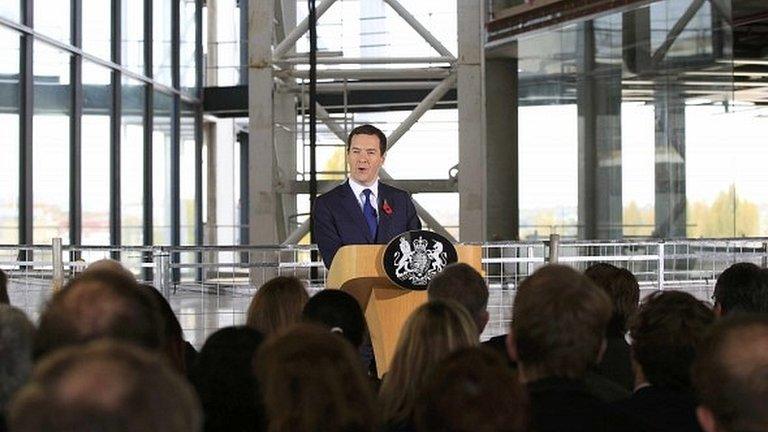Spending Review: Department-by-department cuts guide
- Published
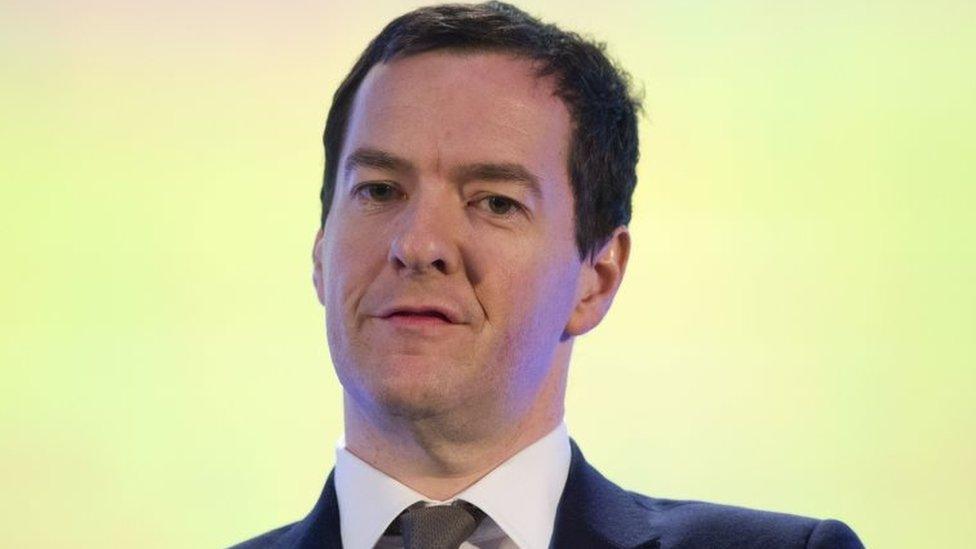
Public services face another round of budget cuts in Chancellor George Osborne's Spending Review on Wednesday - but which departments are likely to be the winners and losers?

Overview
Spending reviews - where the chancellor sets out how much each government department can spend for the next three or four years - were introduced by Gordon Brown in 1998.
George Osborne held his first Spending Review in 2010. His second, which covered a single year, 2015/16, came in 2013.
Wednesday's Spending Review will set departmental budgets for the next four years - up to the 2020 general election.
Mr Osborne says he has now reached a settlement with all government departments. He has played down reports of rows with Work and Pensions Secretary Iain Duncan Smith and Home Secretary Theresa May, both of whom face big cuts in their budgets.
Health, schools, international aid and defence will escape cuts but Mr Osborne has asked unprotected departments to find a total of £20bn in savings as part of plans to balance the government's books.
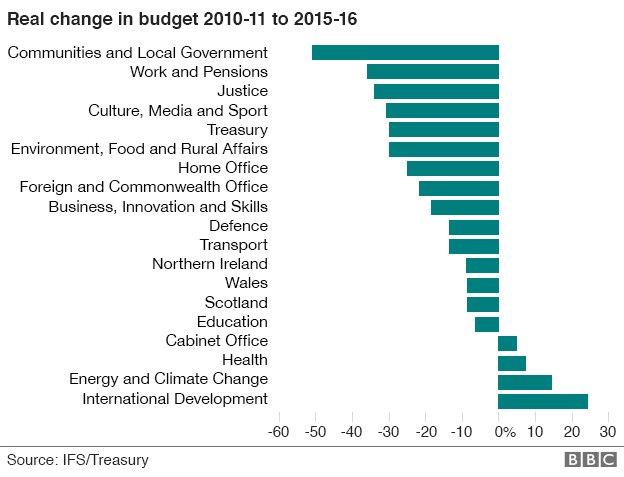
(The past spending cut figures are taken from the IFS analysis of the latest Treasury figures, external for changes to departmental expenditure limits between 2010/11 and 2015/16, taking into account the impact of inflation.)

Home Office

Annual budget £10.6bn
Cuts since 2010: 24.9%
Where the axe fell 2010-2015: The police budget has been cut by 4% a year. About 17,000 frontline police jobs have been lost over the past five years, according to the Police Federation.
What's next: In line for further sizeable cuts, with police chiefs warning that a cut of 25%, at the bottom end of the expected range, could threaten the future of some forces. At least 22,000 jobs will be lost, according to unofficial estimates seen by The Guardian, external. Home Secretary Theresa May has suggested some forces could share resources. She has also been warned by one of the UK's most senior police officers that cuts on the scale expected could "reduce very significantly" the country's ability to respond to a Paris-style terrorist attack. George Osborne has said he is confident the UK would have the resources to respond to such a threat but made clear the police, like all public services, will have to make savings.

Defence

Annual budget: £35bn
Cuts since 2010: 13.5%
Where the axe fell 2010-2015: Reductions in the size of the army and Royal Navy, delays to fighter jet upgrades, scrapping the Nimrod spy plane and halving the number of jets to be deployed on two new aircraft carriers.
What's next: The chancellor pledged in his summer Budget to meet Nato's target of spending 2% of national income on defence every year, up to 2020. That means spending on defence will rise in real terms - 0.5% above inflation - every year during the Parliament. David Cameron has said this will mean a larger Navy, a larger RAF and a better-equipped Army, with an extra £12bn over the next decade for new equipment and logistical support. The £31bn predicted cost of four new Trident nuclear submarines, which is £6bn higher than was estimated in 2010, is not included in these figures. Chancellor George Osborne is reportedly bidding to take control of that contract, for which there is also a £10bn contingency fund, from the Ministry of Defence. The MoD will also be forced to sell off 30% of the land it owns and shed 30% of its civilian staff as part of £11bn in efficiency savings.

Business, Innovation and Skills

Annual budget: £16.9bn
Cuts since 2010: 18.4%
Where the axe fell 2010-2015: BiS was ordered to find 25% savings in George Osborne's first spending review in 2010, although in practice the cuts did not turn out to be as severe as that. The university teaching budget took a big hit and dozens of quangos were abolished.
What's next: A likely target for further significant cuts. Business Secretary Sajid Javid has drawn up plans to close down some of its 80 offices and cut its remaining quangos by half to as few as 20, closing seven separate research councils, according to the Financial Times., external Some 200 civil servants are taking voluntary redundancy, the paper says.

Justice
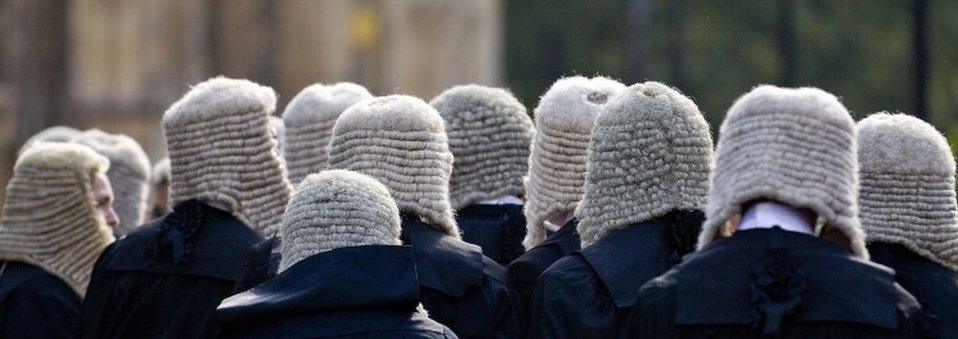
Annual budget £6.6bn
Cuts since 2010: 34.1%
Where the axe fell 2010-2015: Spending was slashed by 23% in 2010 and then by a further 10% in 2013, making an overall cut of £2.1bn. This was largely achieved by cutting the number and cost of prison places. There are also plans to cut legal aid and close 91 courts and tribunals in England and Wales, and integrate or merge another 31.
What's next: Justice Secretary Michael Gove has announced plans for nine new prisons, to be funded by selling off old prisons for housing. He will be expected to find significant further savings, which he has said he would like to achieve, in part, by reducing re-offending rates meaning fewer people returning to prison. The Chief Inspector of Prisons has warned about the dangers of overcrowding if the budget is cut further.

Foreign and Commonwealth Office
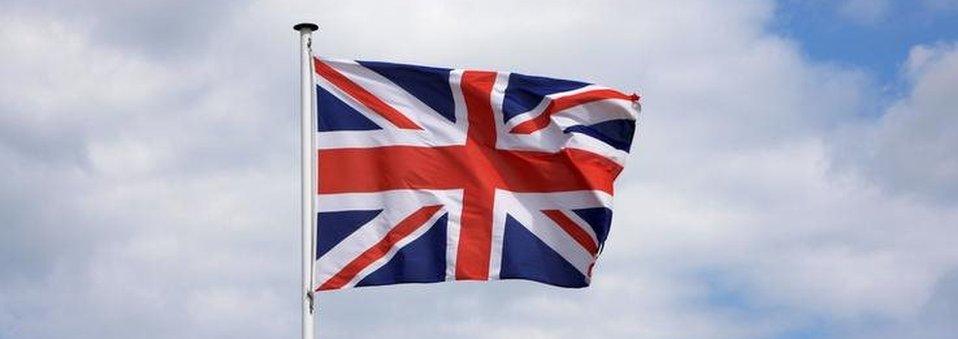
Annual budget: £1.9bn
Cuts since 2010: 21.6%
Where the axe fell 2010-2015: More than half of the savings came from transferring the cost of the World Service to the BBC. There was also a reduction in the number of Whitehall based diplomats and a cut in capital spending.
What's next: The Foreign Office has submitted proposals for budget cuts of between 25% and 40%, according to the Financial Times., external Foreign Secretary Philip Hammond is said to be concerned about possible embassy closures. There have also been warnings about redundancies at Foreign Office HQ. However, the department is to boost funding to the World Service by £34m in 2016-17, spending £85m in each of the following three years.

Culture, Media and Sport

Annual budget: £1.5bn
Cuts since 2010: 30.7%
Where the axe fell 2010-2015: There were big cuts in administration costs and a 30% cut in the budget of Arts Council (England).
What's next: Likely to be further cuts to arts funding with the National Lottery expected to make up shortfalls. Free museum entry likely to remain protected.

Health - protected from cuts

Annual budget: £116.6bn
Increase since 2010: 7.3%
Where 2010-2015 increases went: Health is a protected department. The government pledged to increase funding for the NHS in England, in real terms, (which means the amount spent on it went up by more than the rate of inflation) every year between 2011 and 2015. The Department of Health says it met that pledge through a 5% real terms increase. At the same time the NHS has had to find billions in efficiency savings and the Department of Health was expected to save £200m itself in 2015-6.
What's next: George Osborne has set about fulfilling the Conservative manifesto pledge of increasing the funding for NHS England by £8bn in real terms as demanded by the boss of NHS England Simon Stevens. By 2020-21 the total budget will be £119.6bn, a rise of £8.4bn once inflation is taken into account. The increases are front-loaded, with frontline NHS services getting a £3.8bn, above-inflation cash injection next year. But details of what is happening to other areas of health spending, such as staff training budgets and the money held by councils to pay for public health schemes from stop smoking clinics to sexual health service, has not being released yet. Doubts also remain about what protection social care will get. The chancellor is understood to be considering allowing local authorities to increase council tax by 2% to pay for care.

Education
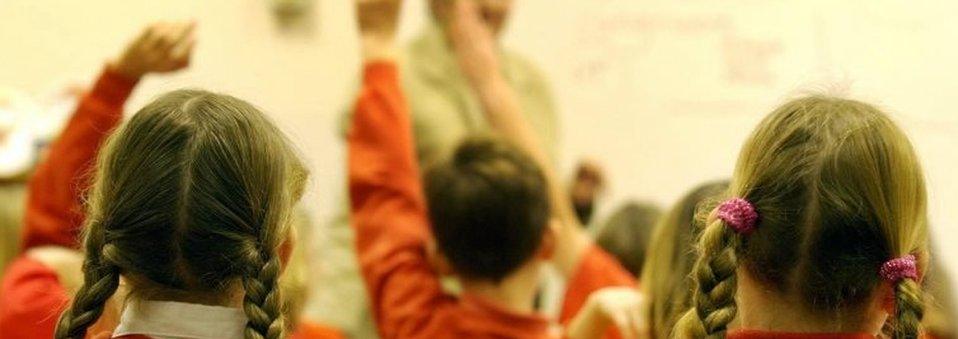
Annual budget: £58.2bn
Cuts since 2010: 6.4%
Where the axe fell 2010-2015: Schools budgets are protected but the rest of the department's spending is not - capital spending, on new buildings and equipment, has been cut, as has post-16 education and early years. Spending on the four-to-16-year-olds schools budget went up by 3% while cash spending per pupil rose by 6%.
What's next: The government has again vowed to protect cash spending per pupil although no details have been revealed. But experts say upward pressure on school budgets from growing pupil numbers and pay demands will mean a growing strain on resources. There had been questions about the free school meals for all infants policy, but David Cameron has ruled out that being axed.

International development - protected from cuts

Annual Budget: £10bn
Increase since 2010: 24.1%
Where 2010-2015 increases went: Justine Greening's international development department is protected from cuts and has seen its budget increase year-on-year, with most of the extra cash going to aid agencies rather than projects run by the UK government.
What's next: The government will continue spending 0.7% of GDP on overseas aid in line with the UN target. although critics will be keeping an eye out for expenditure in other departments being re-categorised as international aid. In a change of policy, half of all Dfid's budget will be spent in "fragile" countries and regions, including the Middle East and South Asia, each year between 2016 and 2020. There will also be an extra £300m a year for the Conflict, Stability and Security Fund by 2020 while funding for developing countries to deal with climate change will double over four years.

Work and Pensions
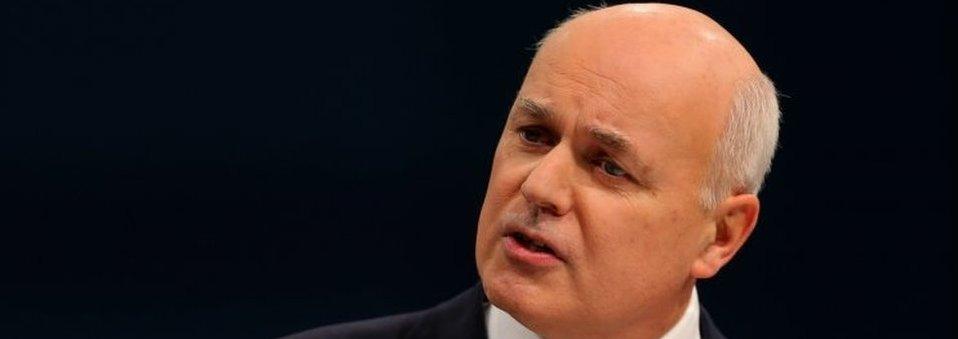
Annual budget: £6.5bn
Separate welfare and pensions budget: £216bn
Cuts since 2010: 35.8%
Where the axe fell 2010-2015: More than £21bn has been cut from the welfare budget. Controversial cuts to housing benefit, dubbed the "bedroom tax" by critics, and a £26,000 cap on the total amount households can claim affected relatively small numbers of people. The biggest savings were achieved through cash freezes to child benefit and changes to how working age benefits are increased each year, as well as a 1% limit on most benefit rises.
What's next: The Treasury is seeking a further £12bn in cuts to welfare spending by 2018/19. It has now reached a deal with the Treasury, although the details have yet to be announced. Work and Pensions Secretary Iain Duncan Smith appears to have seen off an attempt by the Treasury to make his department swallow the £4bn cost of measures to ease the impact of cuts to tax credits. This would have been achieved by cutting work incentives offered through the new Universal Credit. Mr Duncan Smith is reported to have threatened to resign over the issue but sources say the dispute is now over.

Department for Energy and Climate Change
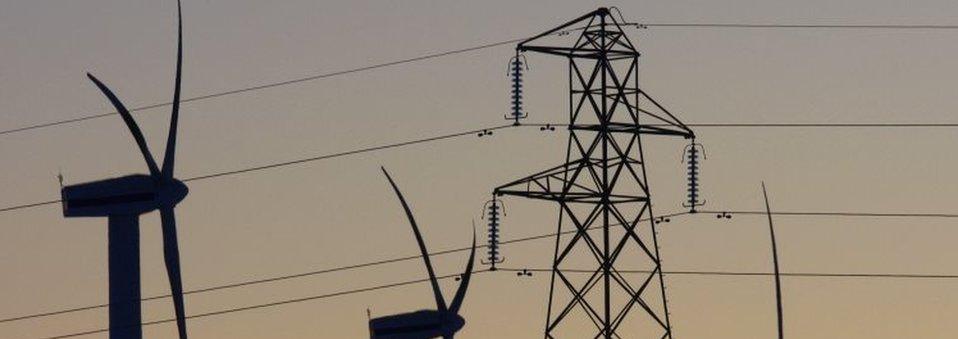
Annual budget: £3.9bn
Budget increase since 2010: 14.3%
Where 2010-2015 increases went: DECC is not a protected department so you would expect its budget to have been slashed. But 2013 measures to ease energy bill increases by adjusting green levies meant it went up overall during the last Parliament. There were also big investments in carbon capture and storage technology.
What's next: DECC will not get such an easy ride this time. It has reached an agreement with the Treasury, expected to be around 21%, although the full details have yet to be announced. The biggest chunk of its budget goes on nuclear decommissioning - and that can't be touched. So it can expect cuts of 46% in its other activities in 2017/18 before spending increases again, according analysis by the Green Alliance., external Remaining budgets for green subsidies are likely to be in the firing line. It has already begun a job cuts programme, according to the Financial Times.

Cabinet Office
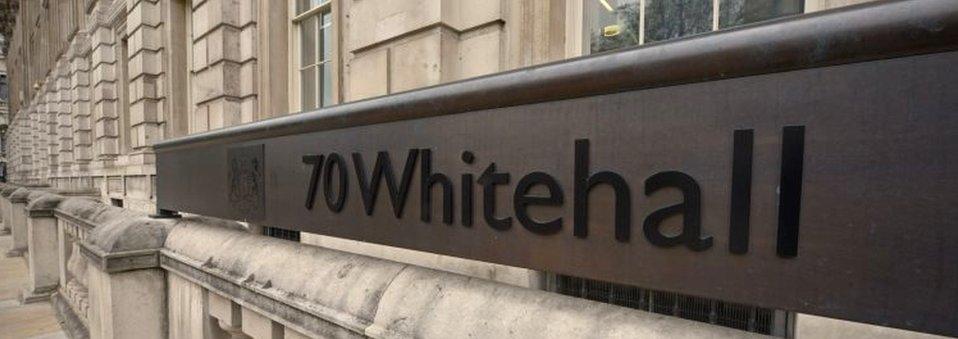
Annual budget: £2.8bn
Budget increase since 2010: 4.9%
Where 2010-2015 increases went: The Cabinet Office was hit with a 33% core budget cut in the 2010 spending review, which it achieved through efficiency savings and a freeze on Royal Household spending. But the vast majority of its budget is taken up by the Security and Intelligence agencies, which have seen their budgets increase significantly in recent years.
What's next: The Cabinet Office is something of a special case as it covers so many different functions across the whole of government, including driving through efficiency savings. It has now reached a spending deal with the Treasury. The details have yet to be revealed but Chancellor George Osborne has promised an extra £1.9bn a year for cyber security as part of a 30% increase in the counter-terrorism budget.

Environment, Food and Rural Affairs

Annual budget: £2.1bn
Cuts since 2010: 29.9%
Where the axe fell 2010-2015: Defra was one of the biggest casualties of the 2010 spending review. The 2013 floods did change the picture slightly, with billions in extra capital investment in flood defences promised. But the department was still asked for find an extra £83m in savings in 2015-6.
What's next: Defra was one of the first departments to "settle" its funding with the Treasury. It is one of four departments to have agreed to budget cuts over the next four years that average out at 30%. How much of a hit Defra will take has yet to be revealed. But its capital funding has yet to be announced, with the Treasury pledging to back flood protection.

Transport

Annual budget: £8.6bn
Cuts since 2010: 13.4%
Where the axe fell 2010-2015: Had to make cuts to running costs but big capital projects such as Crossrail and HS2 got the go-ahead. It was asked to find an extra £545m in savings in 2015-6, the largest of any single department - the bulk coming from selling off land adjacent to King's Cross station.
What's next: Transport Secretary Patrick McLoughlin, pictured above, settled early with the Treasury. His department is one of four to have agreed to budget cuts over the next four years that average out at 30%. How much of a hit each department will take has yet to be revealed. But, again, capital spending is not included and the government says it wants to spend £100bn on infrastructure upgrades over the period.

Department of Communities and Local Government
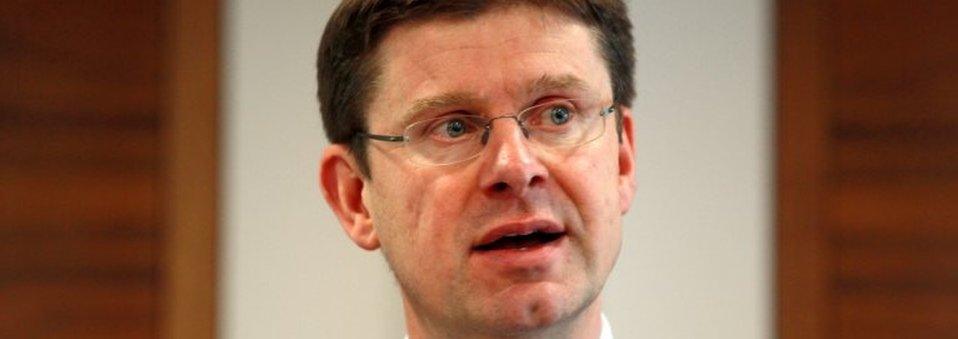
Annual budget: £12.8bn
Cuts since 2010: 51%
Where the axe fell 2010-2015: DCLG took the biggest hit of any department, in percentage terms, in the last Parliament. The communities-focused part of its budget was cut in half and direct grants to local government fell by 27% in real terms between 2011 and 2015. A further £230m in savings was sought in 2015-6 although the department said this did not affect any existing programs.
What's next: Communities Secretary Greg Clark, pictured above, was one of the first cabinet ministers to settle with the Treasury. His department is one of four to have agreed to budget cuts over the next four years that average out at 30%. How much of a hit each department will take has yet to be revealed. And this figure does not include the revenue grant for town halls, which is determined on an annual basis.

Treasury
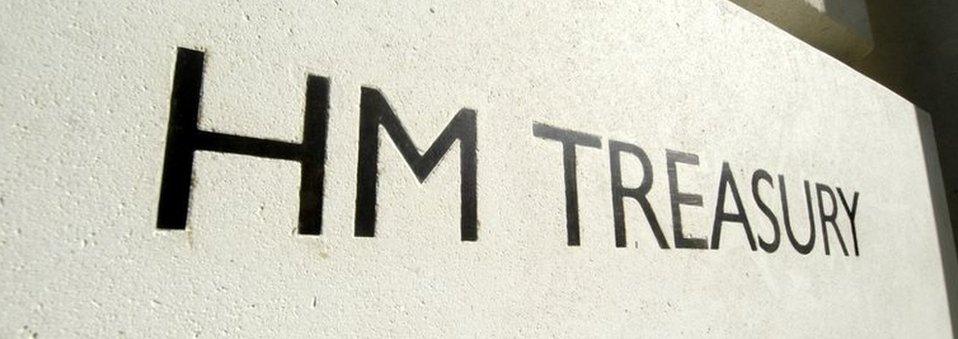
Cuts since 2010: 29.9%
Where the axe fell 2010-2015: Capital spending was cut by 30% and savings made in other areas.
What's next: Not surprisingly, given it is his department, George Osborne has already reached a deal with the Treasury. It is one of four to have agreed to budget cuts over the next four years that average out at 30%. How much of a hit each department will take has yet to be revealed.
The Treasury also oversees HM Revenue and Customs, which means it will have to find a way of saving up to £4bn to reduce the impact of tax credit cuts after the House of Lords rejected them. HMRC has reached an agreement with the Treasury on a cuts programme, which will see savings made through the "digitisation" of the tax system and the closure of "low value" programmes.

Scotland

Annual budget: £28.6bn
Cuts since 2010: 8.5%
The majority of public spending in Scotland, Wales and Northern Ireland is calculated using the Barnett formula - a system of grants allocated according to the population size of each nation and which powers are devolved to them. When the UK government increases or decreases funding for departments such as health and education in England, the Barnett formula is used to decide how much devolved governments will receive.
Where the axe fell 2010-2015: The Scottish Barnett block grant fell £1bn in cash terms between 2009/10 and 2011/12, from £29.7bn to £28.7bn. The grant is currently just below 2011/12 levels, in cash terms.
What's next: The Scottish Office, Northern Ireland Office and Welsh Office have all reached a deal with the Treasury. The details have yet to be revealed but they are part of a package of cuts to seven departments that average 21% in total by 2020.
The Scottish government has promised to protect health spending which could force ministers to make deeper cuts in other areas. But it will have more scope to raise additional revenue through the partial devolution of income tax and VAT, and the whole of Air Passenger Duty.
The next block grant will be cut to compensate the UK government for tax revenues lost through the devolution of Stamp Duty land tax and landfill tax.

Wales

Annual budget: £14.4bn
Cuts since 2010: 8.7%
Where the axe fell 2010-2015: Welsh government finance minister Jane Hutt says £1.3bn has been "taken out of vital public services" over the past five years.
What's next: Planned cash increases to NHS spending will be reflected in a funding boost for the NHS in Wales and this could offset other cuts. Non-devolved departmental spending in Wales will fall by approximately £260m by 2018-19: this is a reduction of 16% in real terms, according to an analysis by The Institute for Welsh Affairs, external.

Northern Ireland
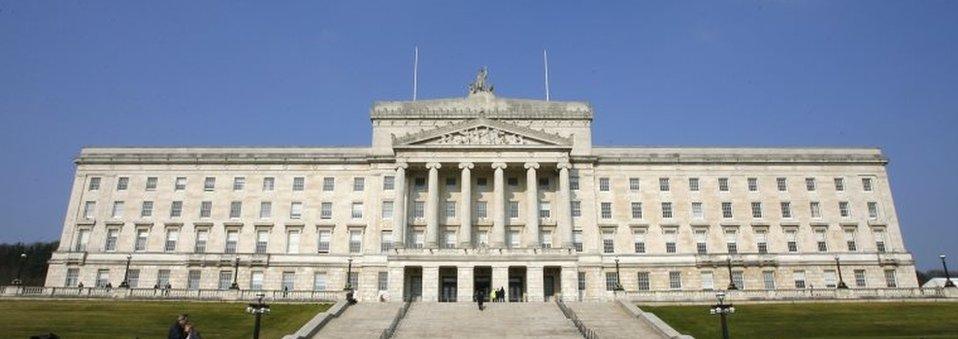
Annual budget £10.7bn
Cuts since 2010: 8:8%
Where the axe fell: Stormont's spending power was cut by more than £1bn, in real terms, between 2010 and 2015, although health and schools spending was protected.
What's next: The Northern Ireland executive expects a continued real-term decline in funding levels, mirroring the UK-wide squeeze. The Northern Ireland Office has reached a spending agreement with the Treasury.
Autumn Statement and Spending Review 2015

Presented by Chancellor George Osborne, the Spending Review sets out what government spending will be over the next four years, while the Autumn Statement is an annual update of government plans for the economy.
Explained: Which government departments will be affected?
Analysis: From BBC political editor Laura Kuenssberg
Special report: Full in-depth coverage of the Spending Review and Autumn Statement
Watch: The BBC's TV coverage begins on BBC Two and the BBC News Channel at 11:30 GMT, with BBC Radio 5 Live coverage from 11:55 GMT

- Published17 November 2015
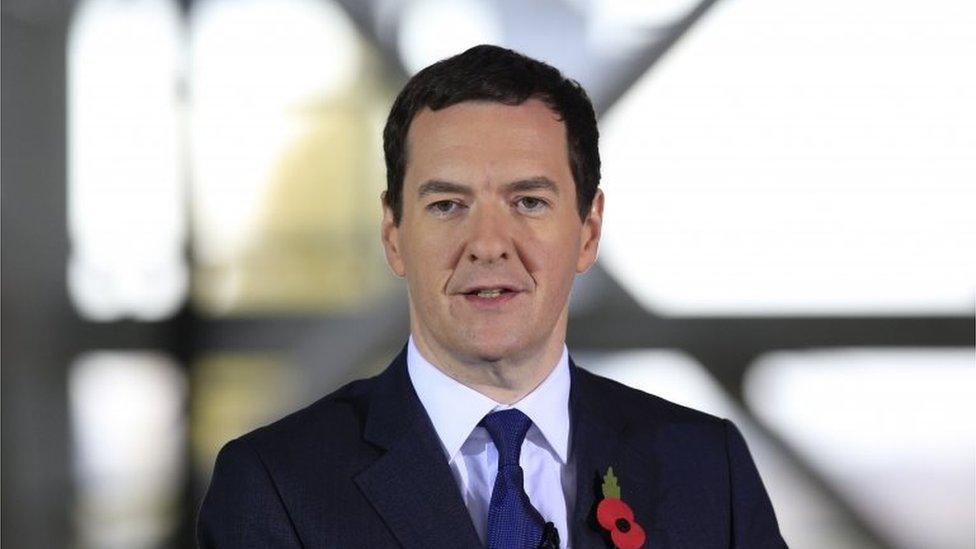
- Published17 November 2015
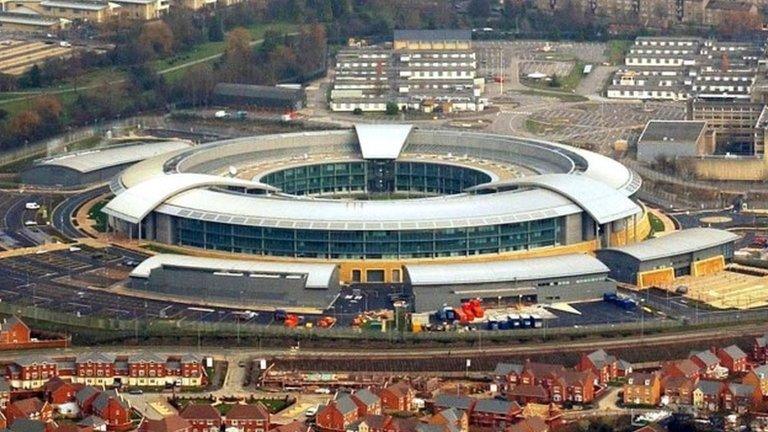
- Published9 November 2015
